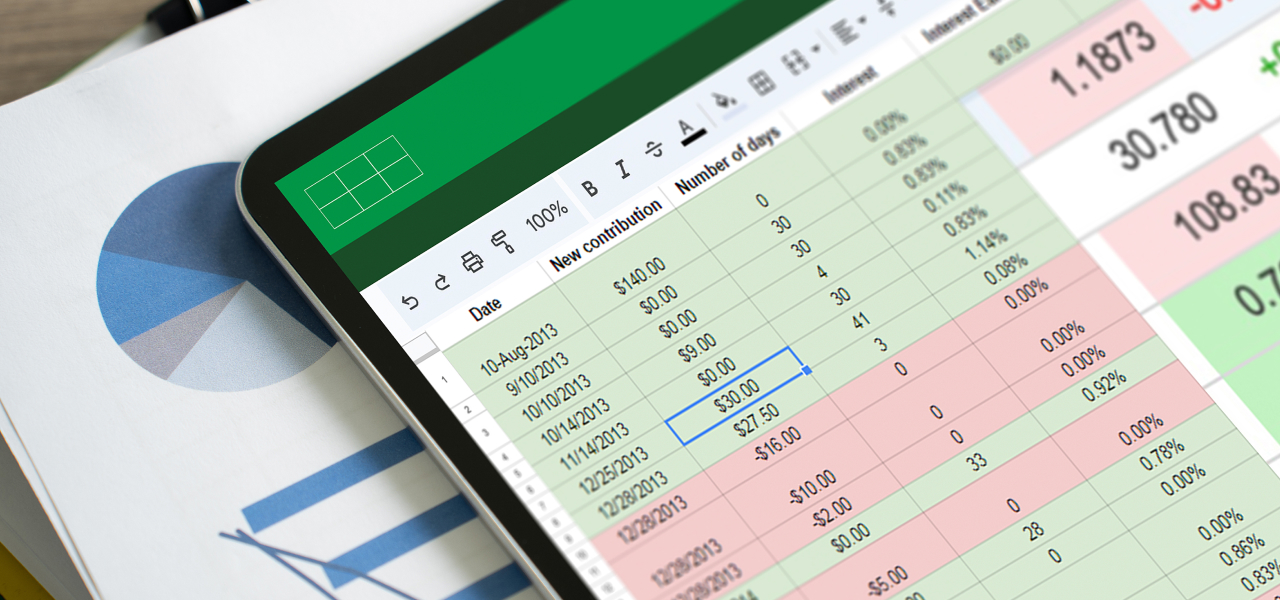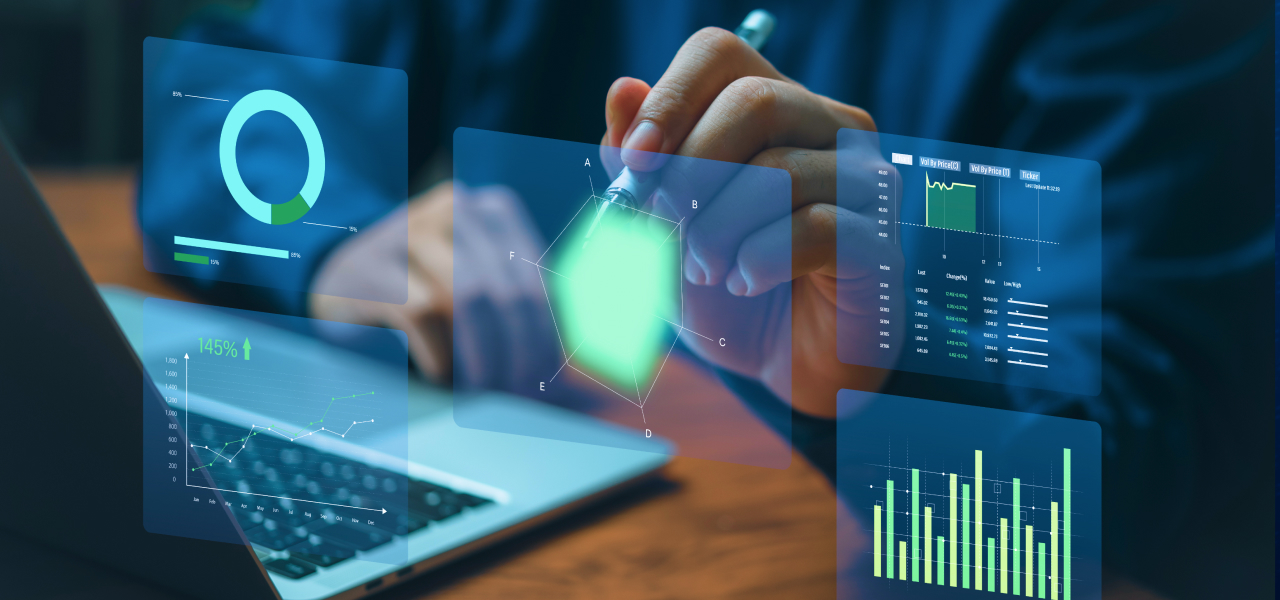The general ledger is such an integral part of any accounting process that it is sometimes easy to overlook the power it wields. Information from the general ledger is used to create the income statement, balance sheet, and other reports that provide a window to a firm’s financial health. These reports in turn can impact a firm’s ability to borrow money, raise capital, or enter into a merger or acquisition.
The importance of a ledger as an official way to record transactions is as old as business itself. The earliest use of ledgers can be traced as far back as 3,200 BC. Ancient Mesopotamians marked transactions with pictographs etched in stone tablets that identified quantity, date, total amount, and other details.
It wasn’t until 1494 when Luca Pacioli, a monk and Italian mathematician, wrote a math encyclopedia with a section on double-entry bookkeeping that the foundation for modern accounting was born.
Although Pacioli did not invent the double-entry system (he discovered the practice in Venice), his book introduced the method to a larger audience. Today, double-entry accounting – the practice of offsetting debits and credits in one account with corresponding credits and debits in at least one other account for each transaction – is considered best practice for accounting around the world.
The modern general ledger
Fortunately for today’s asset managers, the general ledger has evolved since 1494. While the concept underlying double-entry accounting remains the same, how information is gathered and entered and the reporting available could not be more different.
Today’s general ledgers provide for automated download of data and integration with outside market pricing data sources, custodians and brokers. Automation saves time, reduces error, and improves the efficiency of back-office accounting operations.
Yet, many firms continue to operate as if in the dark ages without ready access to current, unified information across all assets and entities. Waiting until the end of the month or close of the period to get a clear financial picture for the preceding month is not unusual. But that means investment and allocation decisions are based on stale data, and the potential for a poor decision rises daily as financials age.
Immediate, on-demand availability of consolidated, up-to-date information is no longer an option – it is a necessity for any modern family office or asset management firm. Access to this ‘single source of truth’ is essential for insightful decision-making.
In fact, an article in Forbes![]() on the top trends that will affect family offices going forward highlighted efficient decision making as a key driver of performance. “This will require improved analysis and reporting models and tools that provide an at-a-glance, yet dynamic, view of business health.”
on the top trends that will affect family offices going forward highlighted efficient decision making as a key driver of performance. “This will require improved analysis and reporting models and tools that provide an at-a-glance, yet dynamic, view of business health.”
However, achieving that “dynamic view of business health” is hampered by the prevalence of spreadsheets and general-purpose systems. A study on efficiency by Family Wealth Report found that 74% of family offices rely on non-specialized systems for general ledger accounting. While these systems may be less expensive than fit-for-purpose solutions, they cannot handle accounting complexities – such as consolidating ledgers for multiple entities – without time-consuming workarounds.
A fit-for-purpose solution with a real-time general ledger that is baked into the investor and investment accounting and reporting intrinsically links all activities. It eliminates data silos that can limit accessibility and slow reporting, and vastly improves the speed with which data is collected, collated, executed and presented. These specialized solutions automate all transactions and calculate realized and unrealized gains/losses instantly, upon entry, for continuous accounting.
The ability to get accurate reporting more quickly is a distinct competitive advantage for fund administrators and asset managers alike. An integrated, real-time general ledger lets asset managers know exactly where they stand financially, both in terms of current position and future commitments. At the same time, an up-to-date picture of the portfolio and financials available 24/7 enables more focused and active investment decisions. With fewer systems to review and more automated processes, time is shifted from simply collecting data to higher-level activities: developing insightful reporting and spending more time on client relationships.
The future of accounting
It’s time for asset managers to relegate general purpose systems and Excel spreadsheets to the museum of accounting history alongside the stone tablets of ancient Mesopotamia.
Only fit-for-purpose solutions with a real-time general ledger can handle the complexities of investor and investment accounting while providing always up-to-date financials. Continuous accounting is clearly the next stage in accounting evolution.
FundCount’s real-time general ledger is seamlessly integrated with its portfolio accounting, analysis and reporting functionality. It delivers a single source of truth without the need to manually manage data flows and reconciliations between multiple systems. FundCount elevates accounting so it serves as the core source of data for all financials and analytics.
Contact us to learn how our real-time general ledger can bring efficiency, accuracy and insight to your organization.







